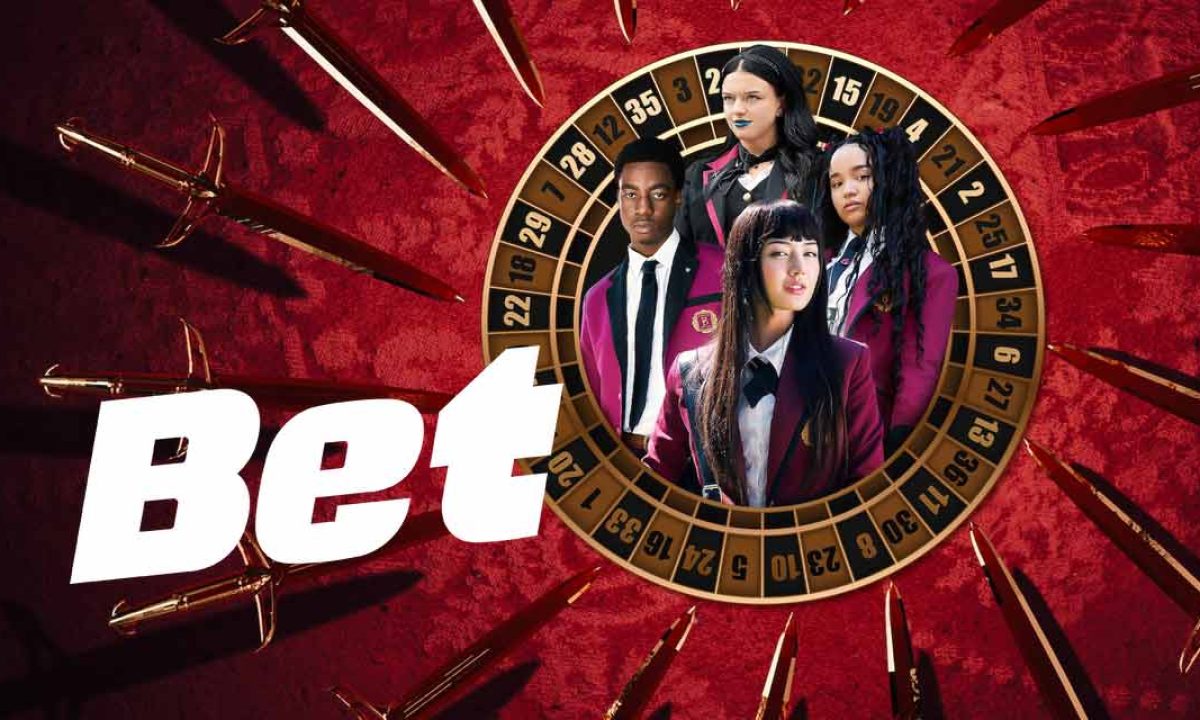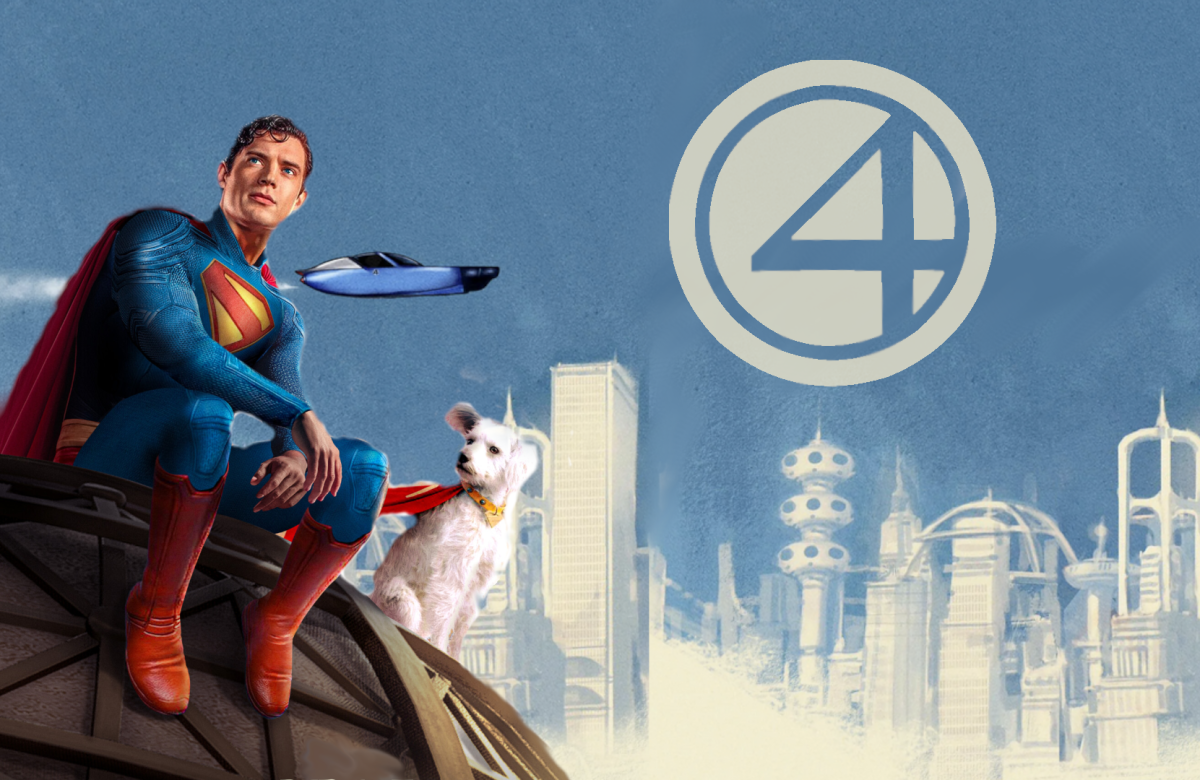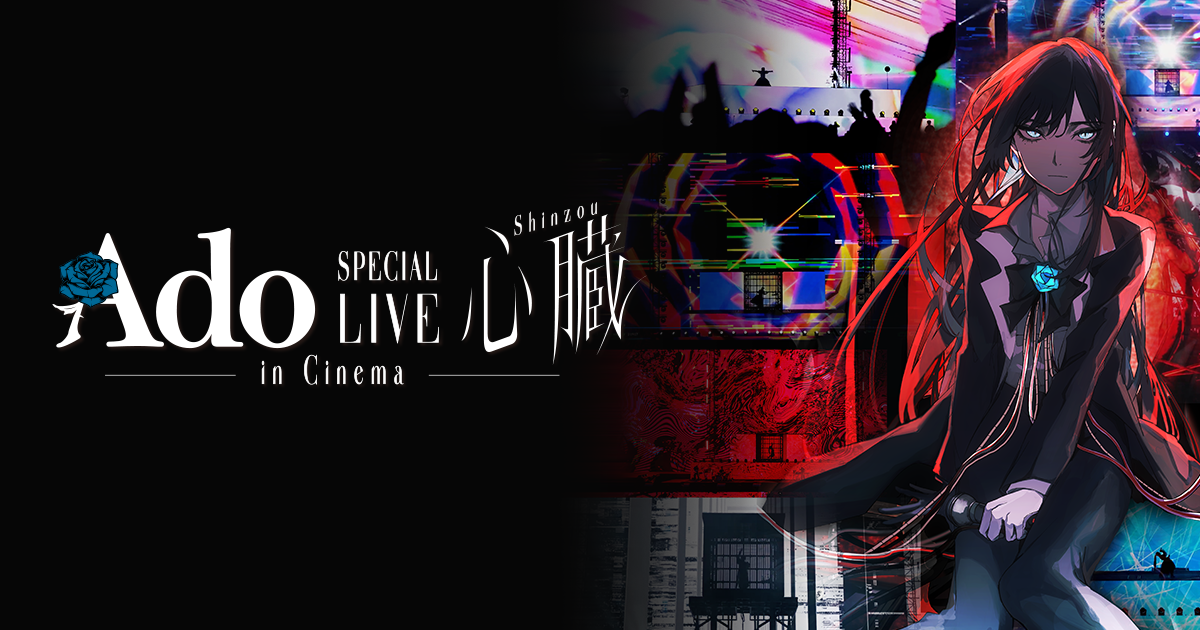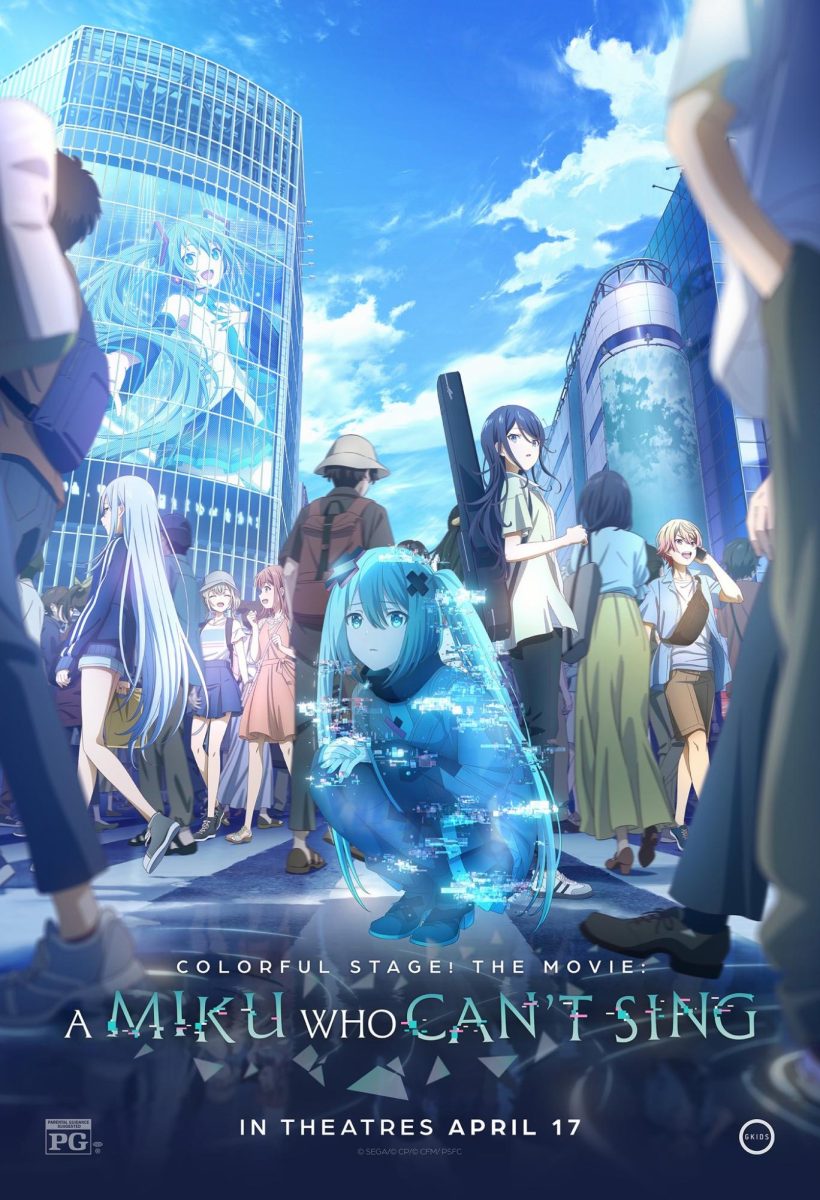Netflix’s latest dramedy, “Bet,” was released on May 15, attempting to adapt Homura Kawamoto’s beloved manga “Kakegurui” as an inspiration, but tragically misses the mark. What promises a tale of chance and retribution instead delivers a flat, often uncomfortable viewing experience for fans.
The story follows Yumeko, a transfer student, who enters a private boarding school where underground gambling determines the social hierarchy. Before the adaptation’s release, the show had a good cast with Miku Martineu playing the transfer student.
From the very first episode, “Bet” struggles to find its footing. The script is mediocre, and the plot feels haphazardly constructed. Even basic character consistency is an issue. For instance, a character named Itsuki, who is portrayed as a white male instead of a woman, is given the original name Sean, yet is consistently referred to as “Suki” — a perplexing and unnecessary deviation from the source material.
Additionally, there are too many stereotypes, which question Netflix’s understanding of diversity, especially given their interest in an Americanized version of Japanese media.
The series truly nose-dives around episode three, which quickly became my least favorite. It’s here that the show veers wildly from the established anime and previous live-action adaptations, to the point where I genuinely had to step away before I could bring myself to finish the series.
One of the most jarring examples of this deviation is the so-called “Ryan’s Virginity” bet, orchestrated by Kira, a character ostensibly inspired by student council president Kirari. This subplot is not only deeply uncomfortable but utterly unfunny. While the original “Kakegurui” revels in its unsettling, high-stakes gambling environment, this particular bet feels out of place and poorly executed, failing to serve any meaningful purpose.
Furthermore, the entire student council lacks its original charisma and distinct personalities. The actress playing Yumeko looks the part, but her performance is merely passable, with her dialogue delivery often sounding like a mid-tier anime dub. Kira is particularly egregious; the actress seems to be scrambling for any shred of personality, resulting in a bland and uninspired portrayal.
The phrase “Inspired by Kakegurui” is doing an incredible amount of heavy lifting. It’s infuriating to see how the series has fundamentally altered character personalities while stubbornly retaining their original names. If the intention was to reimagine these characters, they should have been given new names to match their new personas. This disconnect only highlights the show’s inability to grasp the essence of its source material.
Honestly, I wish they had stuck more to the original storyline, especially with the games played, whether in the anime, manga or the Japanese live-action adaptation. The overarching narrative for Yumeko, which is central to the original series, also feels underdeveloped and lost in the chaos, clearly not a priority for the writers.
And if that weren’t enough, they invent a revenge plot for Yumeko concerning her parents’ deaths — a storyline nowhere to be found in the original. Her character in the anime is all about the thrill of the gamble, pure and simple.
Ultimately, “Bet” is a bizarre fever dream. The plot is an absolute mess, and character motivations bounce all over the place without any discernible logic. Perhaps this series will find its niche in the “so bad, it’s good” category. Frankly, Netflix should have been more transparent and marketed this as a parody rather than a straight live-action adaptation, it would significantly temper my criticism.
Baffling choices were the decision to significantly increase the male cast to “diversify,” despite the anime predominantly featuring female characters, with only two minor male roles. While I’m a firm believer in the understated importance of Ryota in the original material, this felt like an unnecessary and often detrimental alteration for the new live adaptation.
Having given “Bet” a chance, attempting to separate it from its beloved anime and manga counterparts, I can only say I wish I could reclaim the time I spent watching it. Massacring the characters was the final straw.
I do not recommend this to anyone, nor do I recommend it to fans. I will not, however, gatekeep if it piques interest. Instead, I suggest watching “Kakegurui” and its prequel, “Kakegurui Twin,” on Netflix. For those interested in the source material, the manga is also available.















